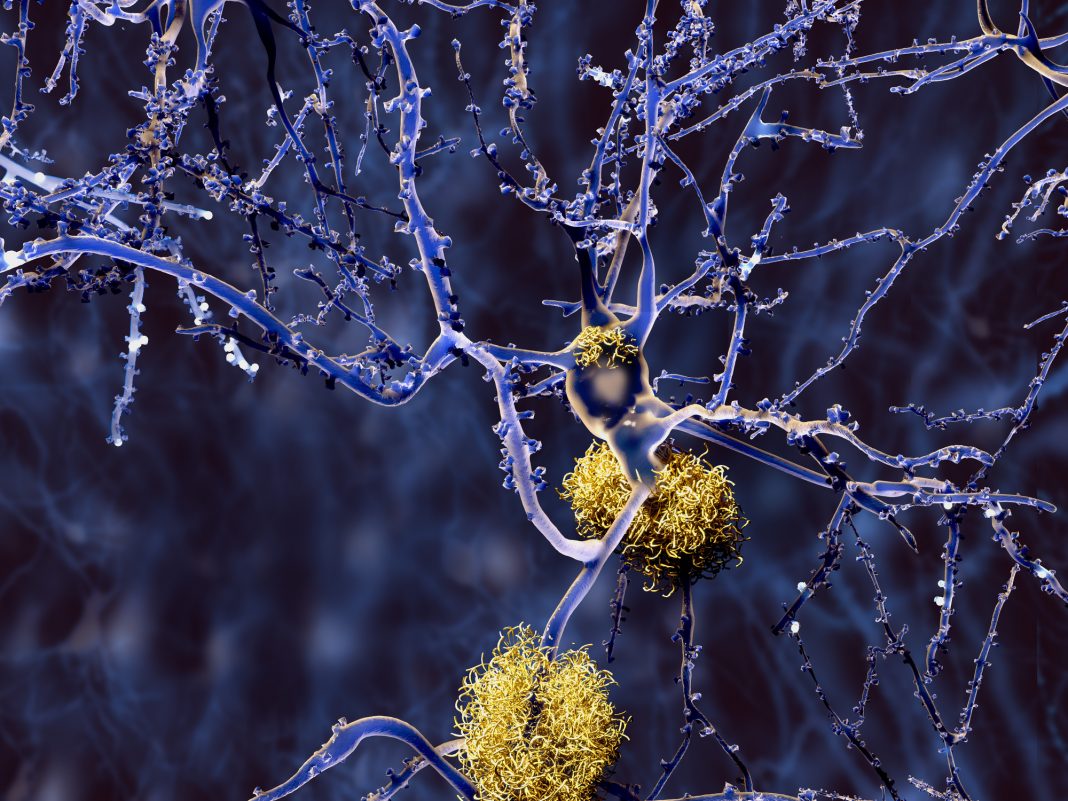Alzheimer’s disease is a progressive form of dementia. When toxic proteins like beta-amyloid and tau accumulate in the brain, they form plaques and tangles. Researchers have been focusing on how brain plaque contributes to Alzheimer’s disease and what role they play in disease progression.
Recent studies have found that beta-amyloid has antiviral and antimicrobial properties, suggesting a potential link between the immune response against infections and the development of Alzheimer’s disease.
Now researchers at Sloan Kettering Institute have uncovered clues to this potential link by identifying a protein called IFITM3. The protein which is involved in the immune response to pathogens has been discovered to play a key role in the accumulation of beta-amyloid in plaques.
Their findings, “The innate immunity protein IFITM3 modulates γ-secretase in Alzheimer’s disease,” is published in the journal Nature.
“Innate immunity is associated with Alzheimer’s disease, but the influence of immune activation on the production of amyloid-β is unknown. Here we identify interferon-induced transmembrane protein 3 (IFITM3) as a γ-secretase modulatory protein, and establish a mechanism by which inflammation affects the generation of amyloid-β,” the researchers wrote.
Yue-Ming Li, PhD, a chemical biologist at Sloan Kettering Institute explained: “We’ve known that the immune system plays a role in Alzheimer’s disease—for example, it helps to clean up beta-amyloid plaques in the brain. But this is the first direct evidence that immune response contributes to the production of beta-amyloid plaques—the defining feature of Alzheimer’s disease.”
IFITM3 is a protein that in humans is encoded by the IFITM3 gene. The researchers’ discovery shows that IFITM3 alters the activity of an enzyme called gamma-secretase, which chops up precursor proteins into the fragments of beta-amyloid that make up plaques.
The researchers observed that removing IFITM3 decreased the activity of the gamma-secretase enzyme and, in turn, reduced the number of amyloid plaques that formed in a mouse model of the disease.
IFITM3 was also found to be increased in a subset of late onset Alzheimer’s patients, meaning that IFITM3 could potentially be used as a biomarker to identify a subset of patients who might benefit from therapies targeted against IFITM3.
Moving forward, the researchers plan to investigate how IFITM3 interacts with gamma-secretase at the molecular and atomic levels and how it is involved in neuroinflammation in animal models. They will also explore IFITM3 as a biomarker for the disease.



